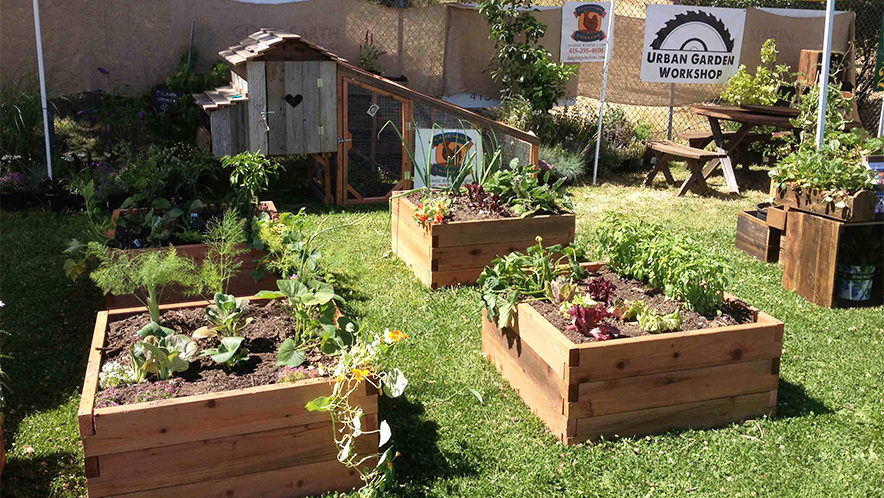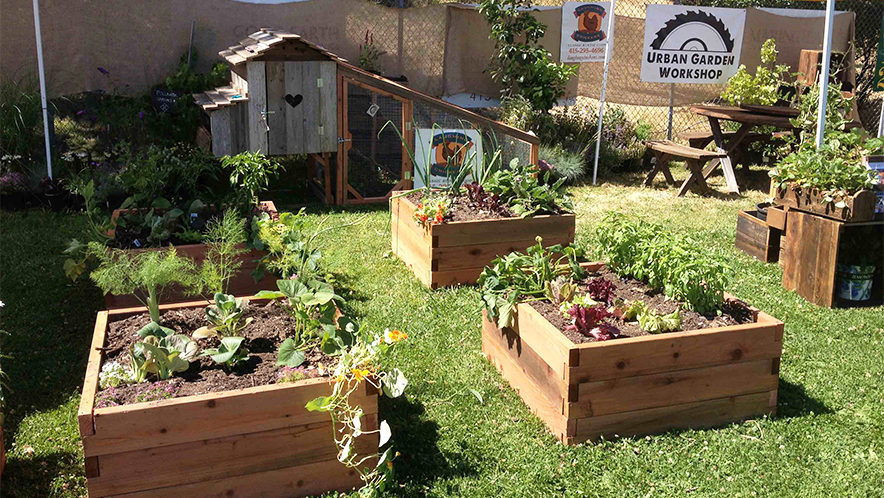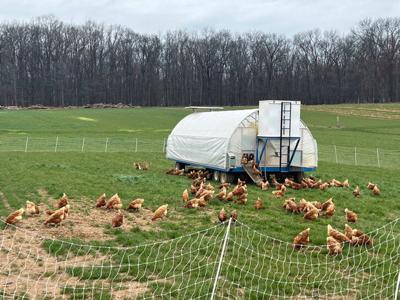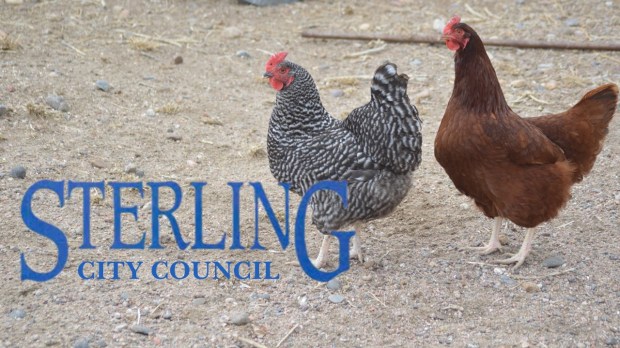
Suburban Coop Revolution: How Chicken Tractors Are Changing Local Food & Laws
Suburban homesteading is on the rise. More and more families are looking for ways to connect with their food, reduce their environmental impact, and build a more resilient lifestyle. One of the most popular avenues for achieving this is through backyard chickens. However, navigating local ordinances regarding animal keeping can be a significant hurdle. Thankfully, a simple solution – the chicken tractor – is gaining traction, and inspiring change. But are chicken tractors truly the future of local food chicken coop strategies? Let’s find out.

The Miller Family Story: A Coop Dream in Oakwood Estates
The Miller Family of Oakwood Estates in Anytown, USA, always dreamed of having fresh eggs from their own backyard. They envisioned their children learning about animal husbandry and enjoying the benefits of a sustainable lifestyle. But Anytown's ordinances were strict: no poultry allowed on lots smaller than one acre. Their typical suburban plot was significantly smaller.
Undeterred, the Millers researched chicken tractors, or moving chicken coop design, and believed they could raise a small flock responsibly without negatively impacting their neighbors. They started small, purchasing three pullets of the docile and relatively quiet breed, Buff Orpingtons. Their initial coop was a basic A-frame design, but it quickly became clear that a more robust and aesthetically pleasing structure was needed to win over their neighbors.
They designed and built their own chicken tractor, incorporating features like predator-proof wire mesh, a secure nesting box, and a pitched roof with shingles that matched their house. Importantly, it was easily movable by one person. They even painted it a soft, neutral color to blend in with their landscaping.
The Millers spoke with their neighbors, addressing their concerns about noise, odor, and potential for attracting rodents. They offered to share eggs and demonstrated the cleanliness and portability of their chicken tractor, highlighting its potential for chicken tractor for garden pest control. Armed with support from a growing number of neighbors, the Millers presented their case to the Anytown City Council. They argued that responsible chicken keeping via chicken tractors could benefit the entire community by promoting local food security and sustainable practices.
After several meetings and much deliberation, the City Council revised the ordinances, allowing a limited number of hens in chicken tractors on smaller lots, subject to certain guidelines.
"It wasn't easy," says Mrs. Miller, "but it was worth it. We learned that if you're passionate about something and willing to work hard and engage with your community, you can make a real difference. Community advocacy is so crucial. We couldn't have done it without our neighbors and the support of the local gardening club."

Understanding Your Local Ordinances: A Step-by-Step Guide
Inspired by the Millers' story? The first step is to understand your local regulations. Here's how:
- Locate the Ordinances: Start by visiting your city or county's official website. Look for sections related to municipal codes, ordinances, or government services. You can also visit the city/county clerk's office in person.
- Keyword Search: Use relevant keywords like "poultry," "livestock," "animal keeping," "backyard chickens," or "urban chicken keeping laws". Be specific in your searches to narrow down the results.
- Interpret the Regulations: Read the ordinances carefully. Pay attention to details such as lot size requirements, allowed number of animals, setbacks from property lines, and restrictions on roosters. Understand the specific rules about where chickens can be housed, sanitation, and waste disposal.
- Contact for Clarification: If you find the regulations confusing or have specific questions, contact your local zoning officer or animal control department. They can provide clarification and guidance on how the ordinances apply to your situation.
Advocating for Change: Making Your Voice Heard
If your local ordinances prohibit or severely restrict backyard chicken keeping, don't despair! Here's how you can advocate for change:
- Build a Coalition: Connect with like-minded neighbors who share your passion for local food and sustainable living. Organize meetings, create an online group, and share information about the benefits of backyard chickens. The Millers found success by connecting with their local gardening club.
- Prepare a Presentation: Develop a well-researched presentation for the city council or planning commission. Highlight the benefits of backyard chickens, such as chicken tractor benefits for pest control, fresh eggs, education, and community building.
- Address Concerns: Acknowledge and address common concerns about noise, odor, and animal welfare. Offer solutions, such as responsible keeping guidelines, chicken tractor design standards, and waste management strategies.
- Offer Solutions: Present a proposal for revised ordinances that would allow small-scale chicken keeping via chicken tractors, subject to reasonable regulations. Provide examples of successful programs in other communities.
- Present Your Case: Attend city council or planning commission meetings and present your case in a clear, concise, and respectful manner. Be prepared to answer questions and address any concerns.
Safe and Responsible Chicken Tractor Use
Even with revised ordinances, responsible chicken keeping is crucial. Here are some tips for using chicken tractors safely and responsibly:
- Choose the Right Breed: Opt for smaller, quieter breeds that are well-suited to a suburban environment, like Silkies or Buff Orpingtons.
- Maintain a Clean Coop: Clean the coop regularly to prevent odors and attract pests. Use composting methods to manage waste.
- Move the Tractor Regularly: Move the tractor daily or every other day to prevent overgrazing and distribute manure evenly. This helps promote soil health and prevents the buildup of parasites. This leverages the rotational grazing chickens strategy for healthier yards.
- Protect from Predators: Ensure the chicken tractor is constructed with sturdy materials and predator-proof wire mesh. Secure the coop at night.
- Follow Biosecurity Protocols: Practice good biosecurity measures to prevent the spread of disease. Quarantine new birds before introducing them to the flock.

Community Resilience and Local Food Security
The rise of backyard chickens and chicken tractors is more than just a trend; it's a movement towards greater community resilience and local food security. By producing our own food, even on a small scale, we can reduce our reliance on industrial agriculture and build a more sustainable food system. Neighbors working together to improve access to local, fresh food creates stronger, more connected communities. The Millers’ success is a testament to how shared goals can create a more vibrant neighborhood.
Conclusion
The suburban coop revolution is underway, and chicken tractors are playing a vital role. By engaging with local governance, embracing innovative solutions like chicken tractors, and prioritizing responsible animal keeping, we can create more sustainable and resilient communities, one backyard at a time. It's time to research your local ordinances and see how you can be part of the change.
Call to Action: Attend your next local city council or town hall meeting and engage in conversations about updating local ordinances and promoting local food security. The future of fresh eggs and sustainable suburbs may depend on it!